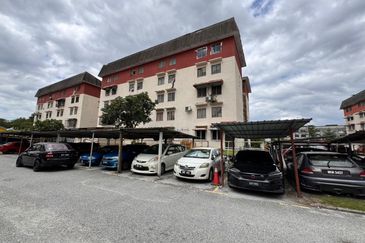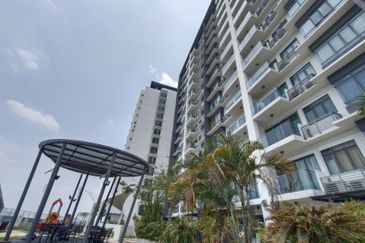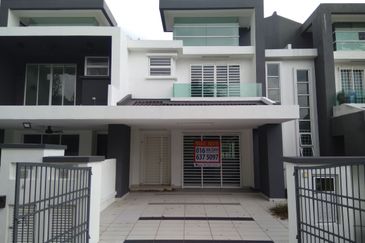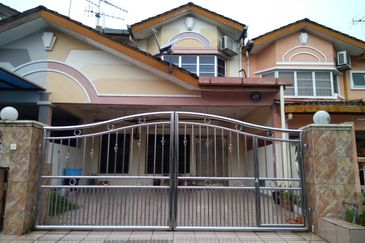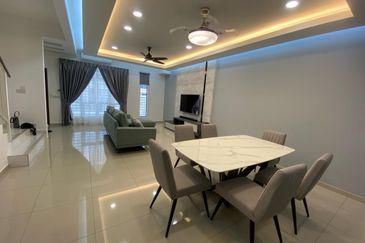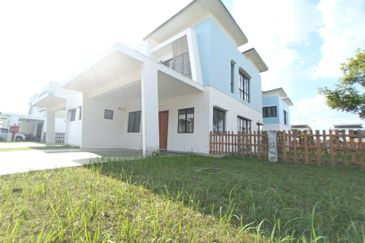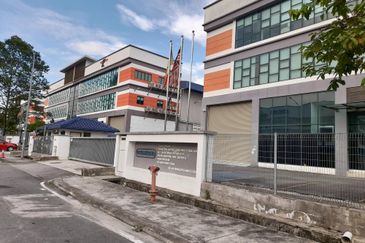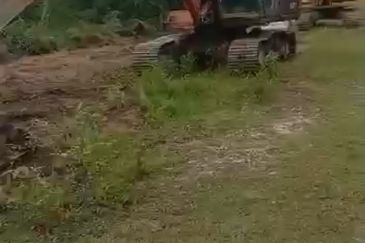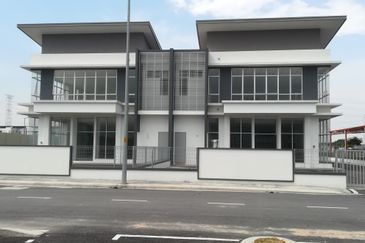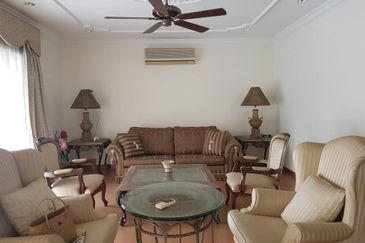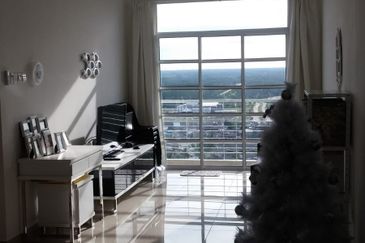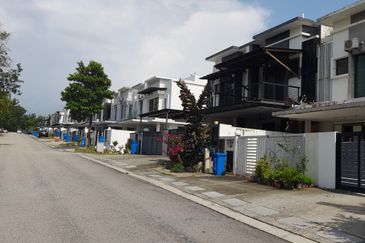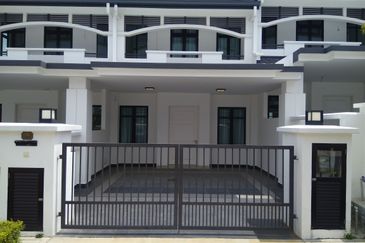AFTER a tiring work day, you settle down on your couch ready to catch your favourite football team in action. Just as you switch to the right channel, you feel something wet on your head – little droplets – just like scenes from the Japanese horror movie, Dark Water.
Looking up, you notice there is a patch on the ceiling with water droplets forming and dripping. So what do you do next? Should you call a priest or go confront your neighbour who is living in the unit upstairs where the leak is originating from?
In such “leaky” situations, what do strata homeowners do? The Strata Management Act 2013 offers some help in resolving inter-floor leakage problems with prescribed procedures to follow and the statutory presumption that a leakage originates from the upper floor parcel unless the owner of the upper floor can prove otherwise.
The Act works by, firstly, placing the burden of proof on the strata owner to show that there is indeed a leakage in the strata owner’s parcel. The Act defines “inter-floor leakage” as any evidence of dampness, moisture or water penetration in the ceiling and/or any furnishing materials attached to the ceiling that form parts of the interior of a parcel, common property or limited common property.
Besides the vertical definition, there are similar provisions for horizontal “damage to a party wall”, meaning any evidence of dampness, moisture or water penetration on the wall and/or any furnishing materials attached to the wall that form parts of the interior of a parcel, common property or limited common property. As such, whether the leakage emanates from the ceiling or the walls, the strata owner can notify the management body of such leakage.
Upon receipt of the notice, the management body has to carry out an inspection to investigate the cause of the leakage within seven days. This is to determine the cause of the leakage/damage and to find the responsible party who has to rectify the defect that caused the leakage/damage. To facilitate the inspection, the management body is allowed to inspect the neighbouring units of the leakage and these unit owners are obliged to allow access to the management body for such purpose.
Upon completion of the inspection, the management body shall then issue a certificate of inspection stating the cause of the leakage and the responsible party that should rectify the problem. In the event the party responsible fails to carry out the rectification work within seven days of receipt of the certificate of inspection, the management body may also carry out the rectification work provided all cost and expenses are borne by the party responsible.
Strata owners sometimes refuse to grant access to the management body to conduct inspection of their parcels.
However, under the Act, whoever fails to give access to the affected unit or any other units to the person or body carrying out the inspection shall, on conviction, be liable to a fine not exceeding RM50,000 or to imprisonment for a term not exceeding three years, or both. Even with the penalties in place, some stubborn strata owners may still deny access for inspection of their units until the very last minute, and the affected parcel owner has to suffer for the entire time access was denied.
Nevertheless, strata owners can take heart from the knowledge that inter-floor leakages can now be solved step-by-step and that there are prescribed obligations on the management body and adjoining strata owners to cooperate.
A leakage problem should be addressed early, otherwise an enormous amount in cost may be required for restoration later while the value of the property may also be affected.
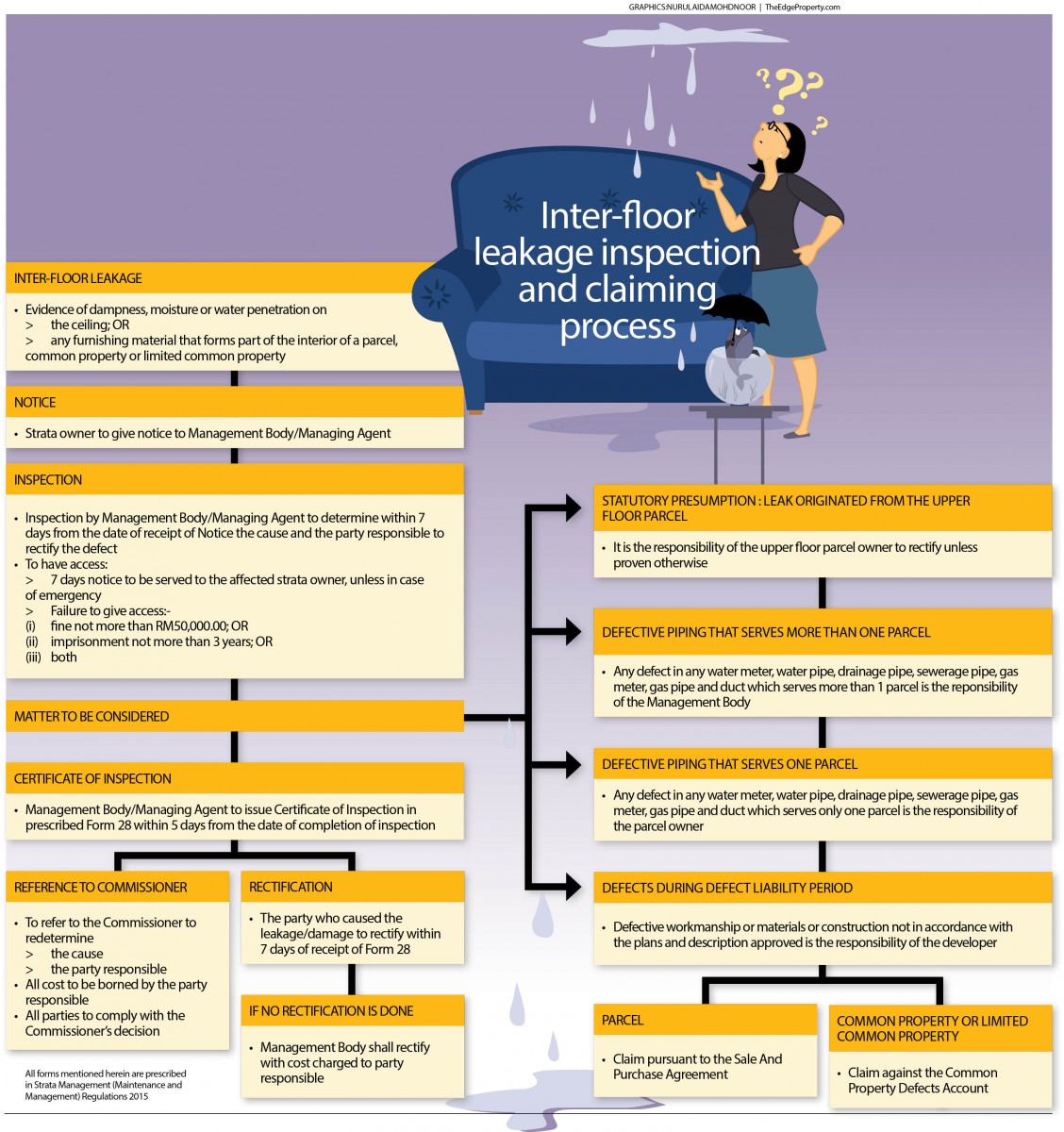
Chris Tan is a lawyer, author, speaker and keen observer of real estate locally and abroad. Mainly, he is the founder and now Managing Partner of Chur Associates.
TOP PICKS BY EDGEPROP

Laman Anggerik, Nilai Impian
Nilai, Negeri Sembilan

Bandar Puncak Alam
Bandar Puncak Alam, Selangor

